welcome
YES ! French Soybean offers you much better than RTRS certification with Proterra in Brazil, Argentina , Paraguay , USSEC in USA
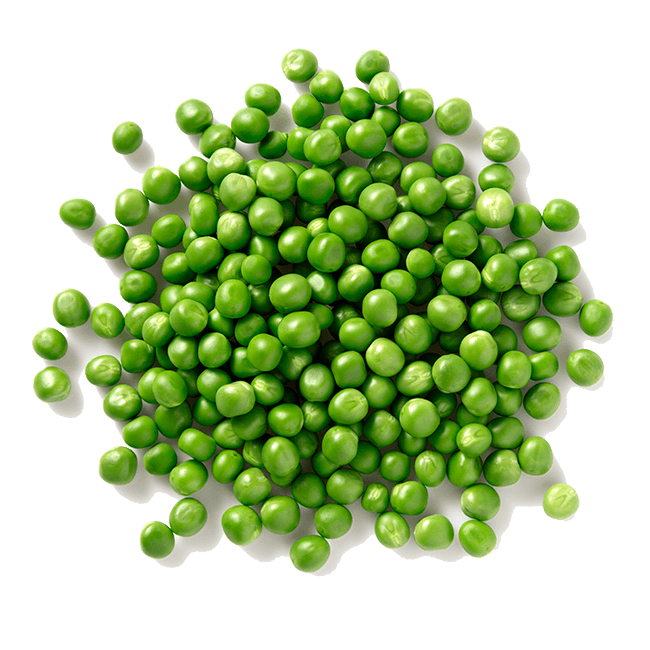
YES ! French Soybean offers you much better than RTRS certification with Proterra in Brazil, Argentina , Paraguay , USSEC in USA

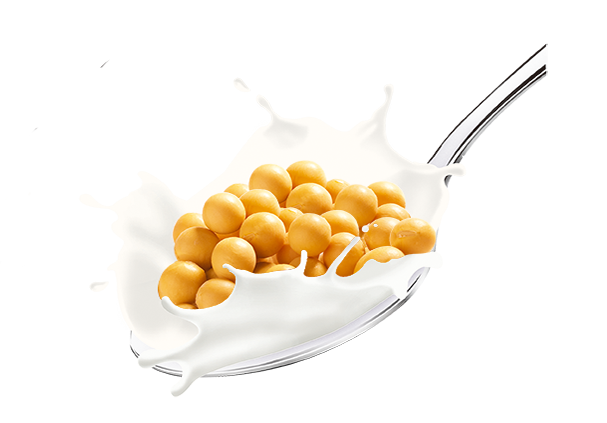
The french soybeans production is the highest quality soy of the world. Don’t get the wrong understanding of all labels like RTRS certification with Proterra in Brazil, Argentina , Paraguay , USSEC in USA, Soja Danube in Ukraine . All of them have been created to face a very bad reputation of their practise and a total no respect of ethic and rules for Soybean GMO production. They organise promotion of their skills to let forget the non sustainability of their production. On demand of our food grade clients all around the world who ask for Non gmo at 99,99% the lowest level and strict level and sanitary safety, we decide to promote and regularise the truth about our high quality level against third world origin soya.
YES ! French Soybean offers you much better than RTRS certification with Proterra in Brazil, Argentina , Paraguay , USSEC in USA, Soja Danube in Ukraine but until now it was for french farmers a logic of sense. France laws about labour is one of the more strict laws in the world.
At our place ( in south of france ) , our soya, we manipulate it carefully and not genetically !Soy.fr 2015
Free GMO Soybeans in France = no detected at 0,01%. Quality Premium for human food; Non Gmo soybeans certified at 0,01% for human food.
SFS has clearly positioned itself against the use of products from genetically modified crops. Contrary to the then dominant view, we decided to prove that a GMO-free soybean sector was technically feasible and economically viable over the long term.
The measures that were then taken in collaboration with the regional producers made it possible to create in 1998 the first non-GM soybean production chain in Europe. It is still unique to this day. We have always supported the choice of organic farmers using farming seeds, thus contributing to the maintenance of biodiversity and the independence of producers.
Level of pesticide, gmo level in France , is the lowest level in the world, and we keep an enormous advantage today in this way. Our clients are today coming from all around the world to requiert our standard who each day continue to be harder to found somewhere else. “Our Soya will never do 10 000km to arrive in your dish” Soy.fr 2016
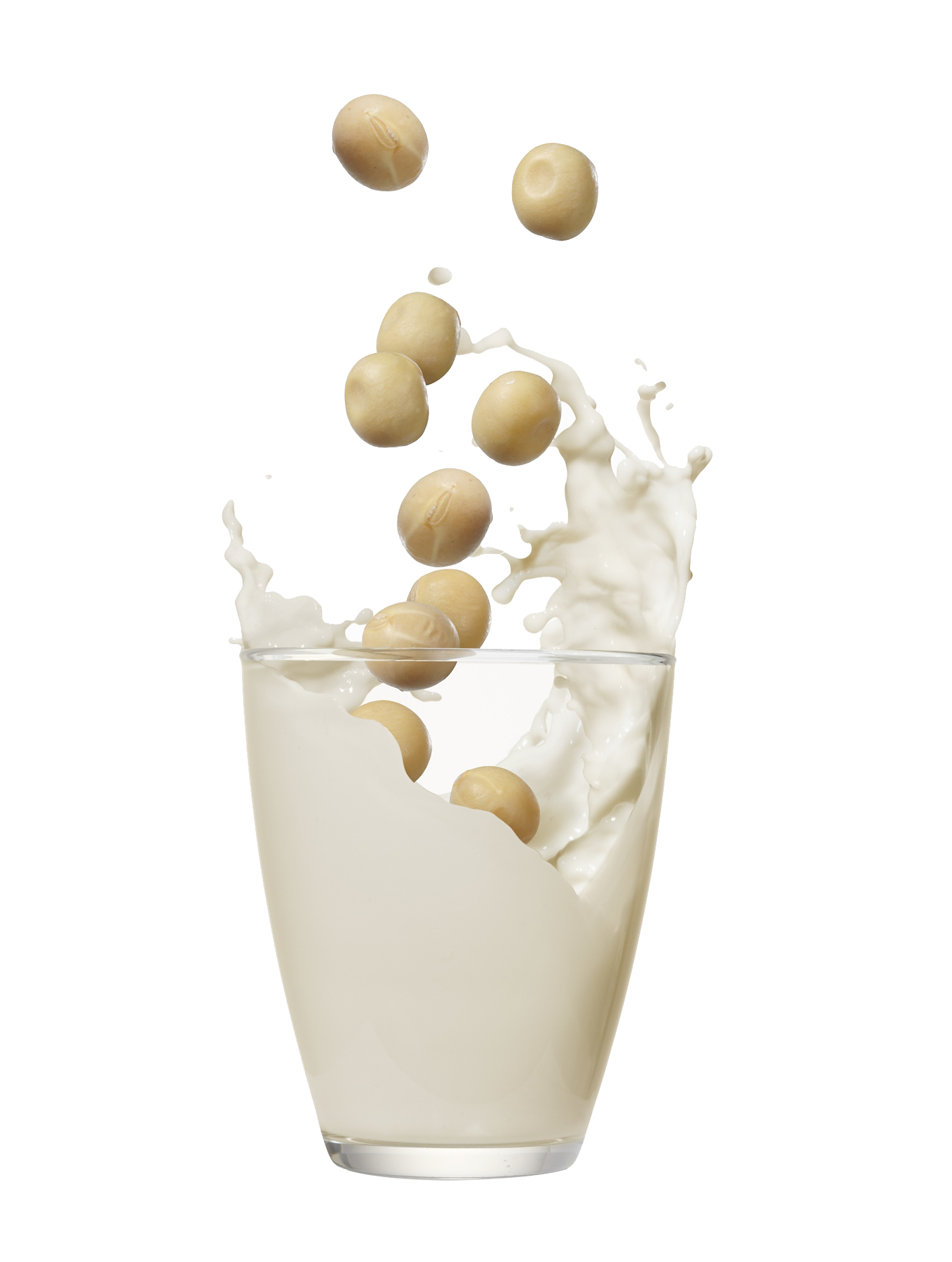
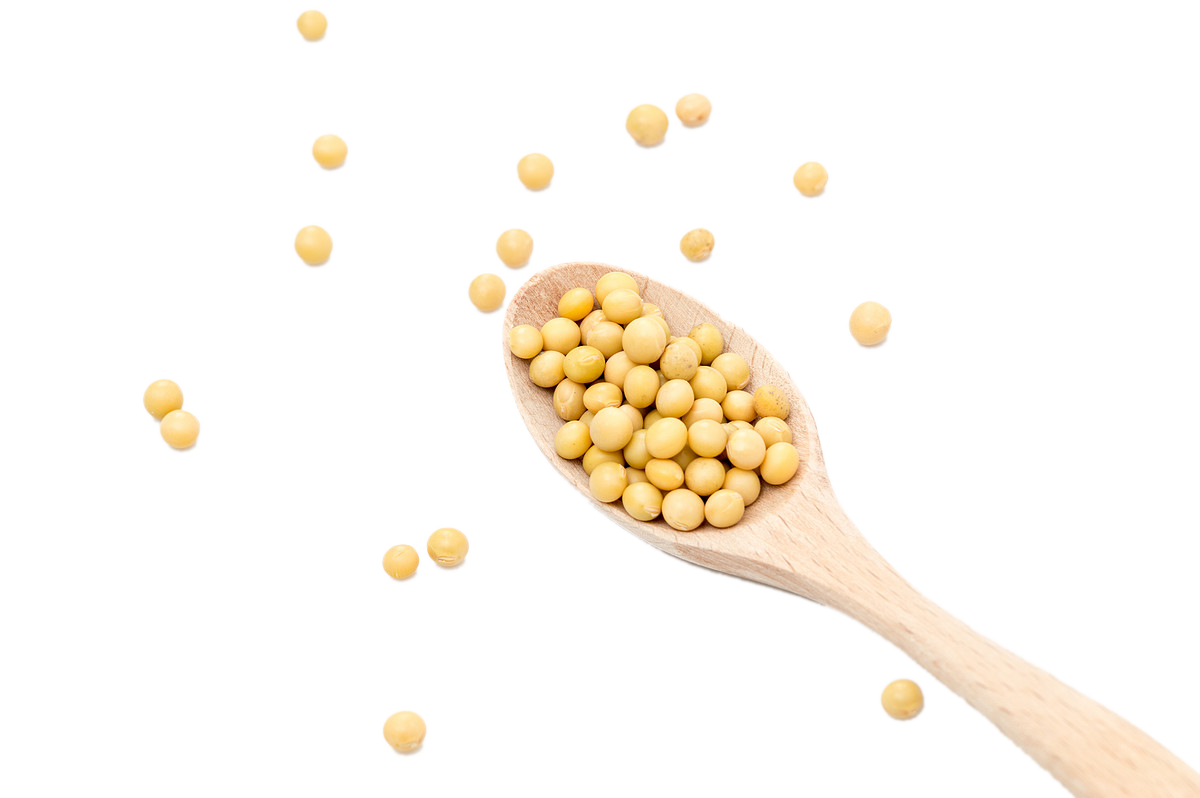
1. Legal Compliance and Good Business Practice : According European and French Law and SFS guideline
2. Responsible Labour Conditions : According European and French Law and SFS guideline
3. Responsible Community Relations : Roundtable : Producers - Exporter - Industry - French gouvernement - Consumers associations
4. Environmental Responsibility : COP21 - French / Europea Laws - South of French engagements for diversity
5. Good Agricultural Practice : COP21 - French / Europea Laws - South of French engagements for diversity
Our Soya in South of France we treat him well, so we don’t treat him with chemical products ! SOY ad 2015 Ethic range. Discover Paul & Jean , a step futher for the planet
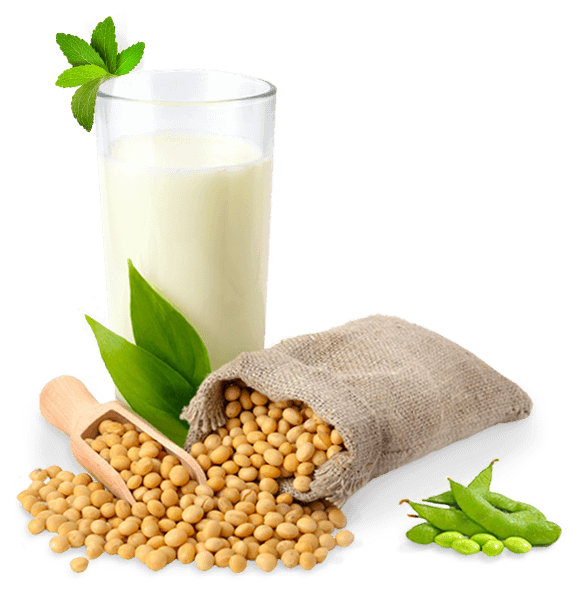
The Kyoto Protocol (phase 1) was adopted in 1997 and entered into force in 2005. Industrialized countries commit themselves to reducing greenhouse gas emissions by an average of 5.2% by 2012, To 1990. Canada withdrew in 2011.
The European position The EU Member States have defined a common position upstream, and it is the EU that negotiates this common position at the COP. She spoke in favor of: A universally binding, legally binding agreement A global goal of keeping the temperature rise below 2 ° C by 2100 The setting up of mechanisms for transparency, monitoring and control of the implementation of the commitments
A GHG emission reduction target of 50% by 2050 compared to 1990 A European target of reducing CO2 emissions by 40% by 2030 and from 80% to 95% by 2050 compared to 1990 The establishment of financing mechanisms for the energy transition in Europe and in the least developed countries The final agreement (source FNSEA)
The delegations reached a final agreement. The main objectives are: Achieve the peak of GHG emissions as early as possible and a balance between GHG sources and sinks in the second half of the 21st century Maintain an increase in global temperature "well below" 2 ° C and continue efforts to limit to 1.5 ° Carry out an assessment every 5 years Creation of a green fund of $ 100 billion per year for mitigation and adaptation to developing countries For the first time, agricultural issues have been addressed and are present in the text, with recognition of the issue of food security and the vulnerability of agricultural production systems to climate change and the recognition of the climate threat on Food production.
Thanks to its many advantages (carbon storage in soils and plants, nitrogen recovery, production of bioenergy and biomaterials), the French field crops sector is therefore able to meet the two challenges Contributing to the objective of reducing greenhouse gas emissions by all sectors in order to limit the impact on rising temperatures and to ensure the food security of the population by adapting Production patterns to future climatic changes. To this end, research and experimentation will have to be pursued, in particular by the institutes, to propose solutions that can be used by producers.
The dual climate and food challenge imposes an increase in production, and it will be necessary for arable crop producers to have access to and make available all the factors of production: water storage, access to biotechnology, plant protection, Alleviation of stresses on fertilization, and mitigation and adaptation are two complementary approaches to tackling climate change. Mitigation focuses on actions aimed at limiting GHG emissions, whereas adaptation is more a matter of adjusting natural or human systems to reduce their vulnerability to the effects of climate change.
“Be Careful our soy could contain some part of ethics “ Ad soy.fr A joke to fight against soybeans grow in south america.
In 2011, our commitment to local farmers was rewarded by the award of the RFS label. The Charter guarantees compliance with the following commitments:
In 2005, fair trade was mentioned for the first time in a French law but its universality was still far from being recognized. Restricted to trade relations between actors from Western countries and producers in developing countries.
In July 2014, the Hamon law no. 201-856 opened the field of fair trade to the French sectors, recognizing the importance of long-term and balanced trade relations between the peasants and other players in the French sector. Sustainable French Soya welcomes this recognition for which it has been working for many years, even though the reference to sociologically and ecologically sustainable production and consumption is still too light for us. This spring, a national commission for the concentration of trade was set up by the public authorities. Its main objective is to establish a procedure and criteria for recognizing fair trade initiatives and labels. Sustainable French Soya has been involved for many years in a fair trade and biological universal, closely monitors regulatory developments and will contribute to reflection.
While the normalization of North-North fair trade allows for greater recognition and development of the ideas it underlies, it is not without risks:
A detailed note on the texts and regulatory developments is available to members.
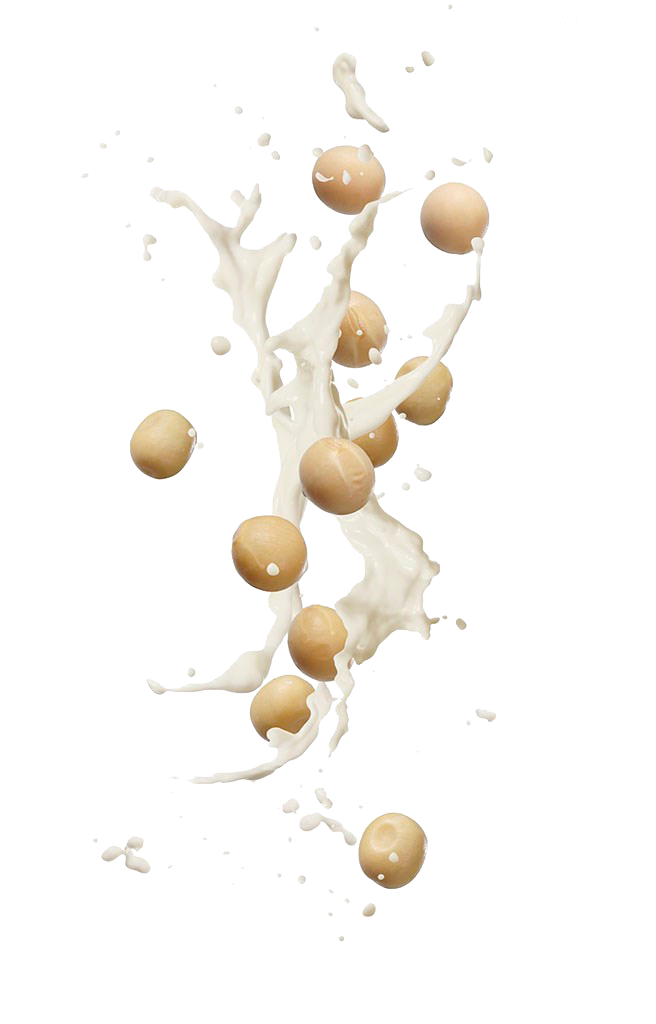
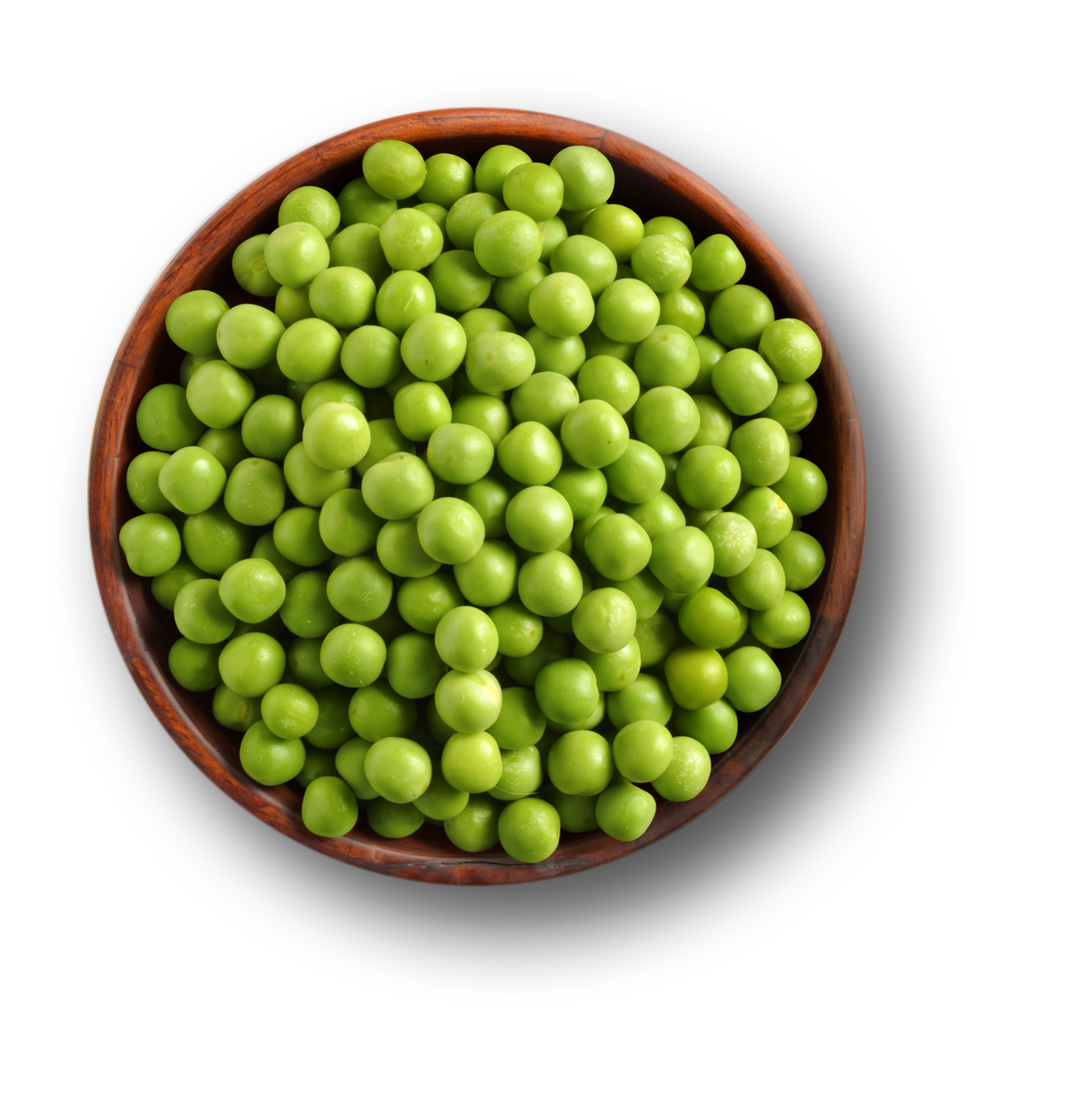
Sojaxa, the association for information on soy foods, brings together the main Producers of soy food in France. By voluntarily joining, companies undertake to use only seeds Of whole soybeans and not to use protein isolates. They To use only traditional manufacturing processes (using only Water and mechanical transformations - grinding, filtration-). They ensure The absence of GMOs. Indeed, all members of Soja Xa have set up Production lines that are fully "traced", that is to say, Avoid any contamination (GMO or other), from the seed to the plate. Members of the association favor a supply of soya beans Produced in France through a direct link with producers and / or organizations Storers. Thus, 98% of the products marketed by the members of Sojaxa Come from French agriculture, the remaining 2% come from so-called Responsible ", that is, not deforested.
Cross-compliance The Common Agriculture Policy (CAP) reform agreement of June 2013 carries forward the principle that there is a link through the cross-compliance (CC) system between receipt of CAP support by farmers and respect of a set of basic rules related to the main public expectations on environment, public and animal health, as well as, animal welfare. Introduced in 2003, cross-compliance covers direct payments, certain rural development and wine sector payments. The CAP has regularly been adapted to respond to new challenges. The 2013 reform was being designed to achieve continued food security and safety in Europe, whilst also ensuring a sustainable use of land and maintaining natural resources, preventing climate change and addressing territorial challenges. In this framework, changes have also been introduced for cross-compliance by clarifying objectives, regrouping the legal base, simplification of cross-compliance scope and the enlargement of FAS.
How does cross-compliance work? In order to receive payments, farmers shall respect a set of basic rules. Farmers not respecting EU law on environmental, public and animal health, animal welfare or land management will see the EU support they receive reduced. These reductions are proportional to the extent, permanence, severity and repetition of the infringement specified.
What are the elements of cross-compliance? Cross-compliance covers two elements:
What are the legal bases for the cross-compliance?
Which EU rules are concerned by the cross-compliance system? Cross-compliance includes directives and regulations – "statutory management requirements"
To this has been added – specifically for farmers receiving CAP payments – a set of standards on good agricultural and environmental condition of land, designed to:
Which payments might be reduced under the cross-compliance system?
Why is cross-compliance important? The rules seek fostering measures important for society – for instance nitrate limits in fertilisation, protecting NATURA 2000 areas , food safety, animal welfare and traceability of food from animals, biodiversity and climate change. Cross-compliance, through making a link between these rules and the CAP payments, makes the CAP more compatible with the expectations of citizens. Cross-compliance also helps make European farming more sustainable, in particular, through better awareness of CAP beneficiaries to the respect of the statutory rules. This also contributes to make the CAP more beneficial for society at large.
What is the Farm Advisory System? The Farm Advisory System (FAS) is a system that helps farmers to better understand and meet certain EU rules, in particular, those covered by cross-compliance. All Member States must establish such an advisory system in the framework of the CAP, so as to offer advice to farmers and other CAP beneficiaries. The last reform of the CAP has enlarged the scope of the FAS to rules beyond those included in cross-compliance, especially on water, sustainable use of pesticides, land management and conditions for receiving the greening payments. The EU rural development policy may help farmers make use of advisory services and helps national authorities set them up where needed
Agriculture and the environment: Introduction Integrating environmental concerns into the Common Agricultural Policy aims to head off the risks of environmental degradation and enhance the sustainability of agro-ecosystems. Around half the EU's land is farmed. Farming is important for the EU's natural environment. Farming and nature influence each other:
The links between the richness of the natural environment and farming practices are complex. Many valuable habitats in Europe are maintained by extensive farming, and a wide range of wild species rely on this for their survival. But inappropriate agricultural practices and land use can also have an adverse impact on natural resources, like
The Common Agricultural Policy (CAP) has identified three priority areas for action to protect and enhance the EU's rural heritage:
The CAP ensures that its rules are compatible with environmental requirements and that CAP measures promote the development of agricultural practices preserving the environment and safeguarding the countryside. Farmers are encouraged to continue playing a positive role in the maintenance of the countryside and the environment. This is achieved by:
EU agricultural product quality policy Agricultural products produced in the European Union (EU) reflect the rich diversity of different traditions and regions in Europe. To help protect and promote products with particular characteristics linked to their geographical origin as well as traditional products, the EU created quality logos, named "Protected Designation of Origin", "Protected Geographical Indication" and "Traditional Speciality Guaranteed".
EU quality schemes for agricultural products Through the EU quality schemes, the common agriculture policy (CAP) provides tools to help highlight the qualities and tradition associated with registered products and to assure consumers that these are the genuine products, not imitations seeking to benefit from the good name and reputation of the original. As a result, these schemes and their logos help producers/groups of producers market their products better, while providing them legal protection from misuse or falsification of a product name. In broader terms, Geographical Indications are part of the wider intellectual properties rights (IPR) of the European Union In concrete terms, the EU product quality schemes relate to agricultural products and foodstuffs, wines, spirits and aromatised wines, which producers or producer groups have registered according to the rules . The EU promotes quality schemes with campaigns such as "Tastes of Europe". There are also a number of optional quality terms, and separate rules on organic farming. A product name identified as a geographical indication is one that is closely linked to a specific production area. This concept encompasses protected designations of origin (PDOs) and protected geographical indications (PGIs) for foods and wines, while spirits and aromatised wines have geographical indications.
Protected Designation of Origin -PDO- identifies products that are produced, processed and prepared in a specific geographical area, using the recognised know-how of local producers and ingredients from the region concerned. These are products whose characteristics are linked to their geographical origin. They must adhere to a precise set of specifications and may bear the PDO logo below.
Examples: Bordeaux PDO (France, wine), Cava PDO (Spain, wine), Manouri PDO (Greece, cheese), Tiroler Bergkäse PDO (Austria, cheese), Prés-salés du Mont-Saint-Michel PDO (France, fresh meat product) or Pistacchio verde di Bronte PDO (Italy, fruit). Protected Geographical Indication -PGI- identifies products whose quality or reputation is linked to the place or region where it is produced, processed or prepared, although the ingredients used need not necessarily come from that geographical area. All PGI products must also adhere to a precise set of specifications and may bear the logo below.
Examples : Liliputas PGI (Lithuania, cheese), Gofio canario PGI (Spain, cereals product), Walbeck Spargel PGI (Germany, vegetable), České pivo PGI (Czech Republic, beer), Lammefjord Kartofler PGI (Denmark, vegetable) or Primorska PGI (Slovenia, wine). There is also a third label, the traditional speciality guaranteed (TSG), which is not a geographical indication as such, but focuses the spotlight on tradition. Traditional Speciality Guaranteed – TSG- identifies products of a traditional character, either in the composition or means of production, without a specific link to a particular geographical area.
Examples: Kriek TSG (Belgium, beer), Hollandse maatjesharing TSG (Netherlands, fish product), File Elena TSG (Bulgaria, meat product) or Prekmurska gibanica TSG (Slovenia, cake).
>> Talk about tasty food! : geographical indication marks help you rediscover authentic food (EU Bookshop)
Names and details of products registered – there are more than 3 300 - under the different schemes are listed in the following databases:
DOOR
("Database Of Origin & Registration") includes product names for foodstuffs registered as Protected Designation of Origin (PDO), Protected Geographical Indication (PGI) and Traditional Specialties Guaranteed (TSG) as well as names for which registration has been applied. E-BACCHUS is the database on geographical indications protected in the European Union for wines originating in Member States and third countries. E-SPIRIT DRINKS is a database on geographical indications protected in the European Union for spirit drinks originating in Member States and third countries as well as new applications for protection.
Geographical indications
for aromatised wine products protected in the European Union. Quality schemes are backed by EU marketing standards
Council Regulation (EC)
No 1234/2007, laying down product definitions and categories, minimum characteristics and labelling requirements to be respected on the EU single market
In addition, European Commission maintains a regular dialogue with stakeholders on all matters related to quality and promotion in the civil dialogue group on quality and promotion.
Rural development 2014-2020
The EU’s rural development policy helps the rural areas of the EU to meet the wide range of economic, environmental and social challenges of the 21st century. Frequently called "the second pillar” of the Common Agricultural Policy (CAP), it complements the system of direct payments to farmers and measures to manage agricultural markets (the so-called "first pillar").
Rural Development policy shares a number of objectives with other European Structural and Investment Funds (ESIF). The EU's rural development policy is funded through the European Agricultural Fund for Rural Development (EAFRD) worth €100 billion from 2014-2020, with each EU country receiving a financial allocation for the 7-year period. This will leverage a further €61 billion of public funding in the Member States.
There are 118 different rural development programmes (RDP) in the 28 Member States for this period, with 20 single national programmes and 8 Member States opting to have two or more (regional) programmes.
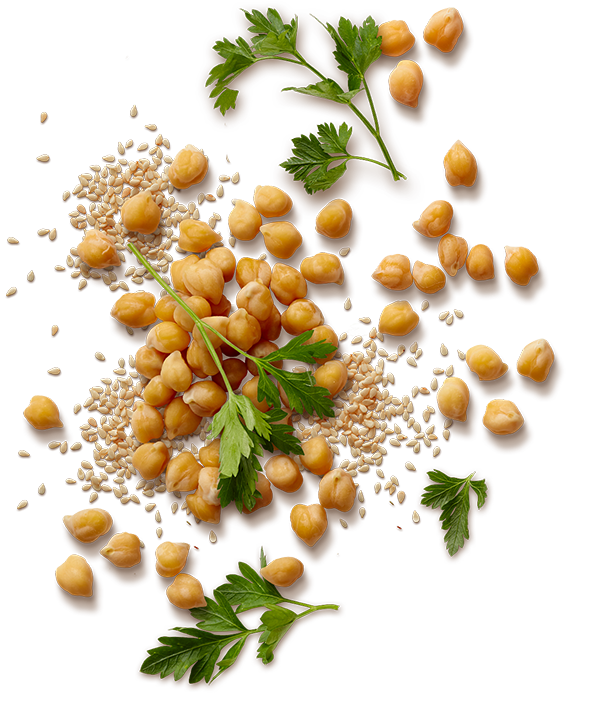
Member States and regions draw up their rural development programmes based on the needs of their territories and addressing at least four of the following six common EU priorities:
The rural development priorities are broken down into "focus areas". For example, the priority on resource efficiency includes focus areas "reducing greenhouse gas and ammonia emissions from agriculture" and "fostering carbon conservation and sequestration in agriculture and forestry". Within their RDPs, Member States or regions set quantified targets against these focus areas. They then set out which measures they will use to achieve these targets and how much funding they will allocate to each measure. At least 30% of funding for each RDP must be dedicated to measures relevant for the environment and climate change and at least 5% to LEADER. See more on the expected achievements on the ESIF Open Data Platform and in the factsheets for each RDP.
Forest resources in the EU and the EU Forest Strategy A great diversity of natural forest types, forest covers, and forest ownership structures exist in the EU. Forests are one of Europe's most important renewable resources and provide multiple benefits to society and the economy. They are also important for the conservation of European nature. The EU has close to 182 million hectares (ha) of forests and other wooded land, corresponding to 43% of EU land area. (Source: Eurostat 2016) As a result of afforestation programmes and due to natural regeneration on marginal lands, forest cover in the EU has increased over the past few decades. There is great diversity of natural forest types, forest covers, and forest ownership structures in the EU. Forests are one of Europe's most important renewable resources and provide multiple benefits to society and the economy. They are one of Europe's main sources of biodiversity. Forests are a key resource for improving quality of life and job creation, in particular in rural areas, and protects and provides ecosystem services to all citizens. The new Forest Strategy identifies the key principles needed to strengthen sustainable forest management and improve competitiveness and job creation, in particular in rural areas, while ensuring forest protection and delivery of ecosystem services. The Strategy also specifies how the EU wishes to implement forest-related policies. Rural development funds can support the implementation of sustainable forest management by the Member States. Co-financing of forestry measures under the Rural Development Regulation represents the main means of EU-level funding for forests.
All sources and originals documents are non free of sharing , and are propriety of the original publishers, only available to be read as it and forbidden to be shared to anyone, for the source please contact us

Contact us